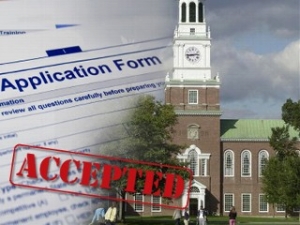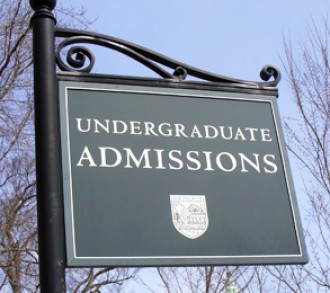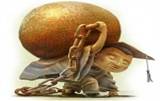May, 2025 archive
Staying on Schedule 0
 In May 2021, the college-bound Class of 2025 completed their high school experience. If they had gone on to college and followed the steps we and other advisors encouraged, they would graduate in May 2025. Competition was keen at the more competitive colleges that year for student applications. The American Enterprise Institute, which tracks six-year graduation rates, tells us that only 38% of those who went on to college participate in commencement ceremonies after four years as undergraduates.
In May 2021, the college-bound Class of 2025 completed their high school experience. If they had gone on to college and followed the steps we and other advisors encouraged, they would graduate in May 2025. Competition was keen at the more competitive colleges that year for student applications. The American Enterprise Institute, which tracks six-year graduation rates, tells us that only 38% of those who went on to college participate in commencement ceremonies after four years as undergraduates.
Did you think college was going to be a four-year experience? Yes, it can be that (or less) if you do your due diligence ahead of time, including researching prospective colleges using the AAA due diligence method. (Download PDF.)
But here are some reasons why that percentage is so shockingly low.
- ALL four-year colleges, both public and private, are considered, from the non-competitive to the most competitive. Large state universities and less competitive private institutions often have weaker or overwhelmed advising staff.
- Students may fall behind on credits earned in their major. Plus, the lockdowns and the questionable pandemic-related online adjustments colleges had to make were highly disruptive.
- They change majors more than twice, and credits are not transferable. That is why we use four self-assessments in high school to gain a much better insight into a teenager’s natural strengths, skills, natural intelligences, and learning style.
- Students drop out for academic or affordability reasons.
- Some classes are overenrolled, limited, or cut back, and students cannot promptly take the prerequisite courses in their majors.
Students will be better prepared to avoid most of the above scenarios when researching each college using the AAA method. This includes understanding the data that the colleges must report on the Common Data Set. If you do not find the CDS on the college website, ask admissions for it .
.
In any case, as the title of my article states, if the Class of 2021 thought getting into college was competitive, they are in for a bigger challenge now. Job prospects for new college graduates are at historic lows, partly caused by financial misfeasance and malfeasance on a global scale. (Which continues to this day in some form, regardless of who is in the White House.) All the more important that students develop keen critical thinking skills in college. A graduate has some internship or cooperative work experience to show on a resume, will help. But with the fiat debt-based Keynesian economic system in place as it is, the challenges will remain.
The average student loan debt for graduating seniors in 2012 was $24,000. This year, I dare say the average will be at least $33,000 because the government has made additional Stafford loans available to students since 2008. But that does not take into account co-signer or devastating Plus loans that parents may have taken out during college. Elsewhere, I talk about Plus loans being one of the worst decisions by the Department of Education. Ask me why at (978) 820-1295.
Parents and students should not hesitate to call us now if loans are a burden. We have a sure-fire plan to show you how to become debt-free sooner than you think. It makes no sense to start off with a job that does not afford you the ability to pay basic necessities, provide the comforts and lifestyle you want to have, and still meet monthly debt obligations.
how to become debt-free sooner than you think. It makes no sense to start off with a job that does not afford you the ability to pay basic necessities, provide the comforts and lifestyle you want to have, and still meet monthly debt obligations.
In the meantime, graduates, get ready for your toughest job.
Start by reading this timely New York Times article ~ How to market yourself.
